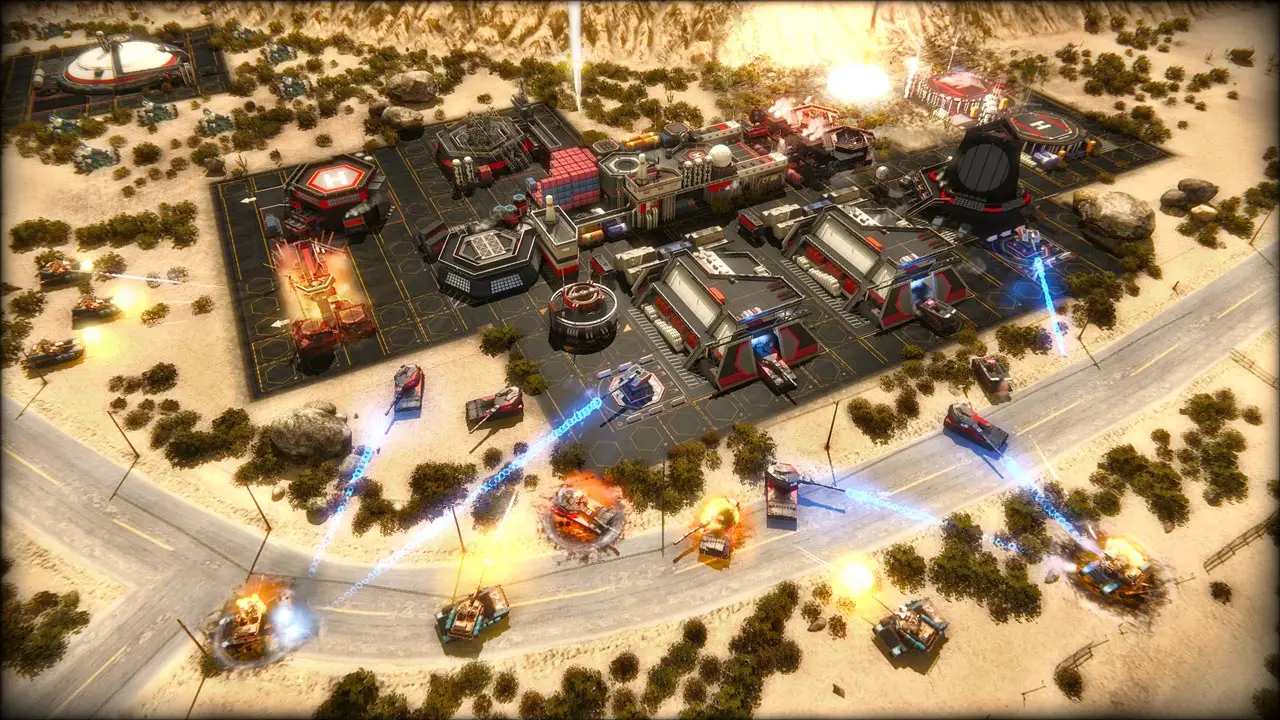Finding a powerful graphics card at an affordable price this year has become much easier. The modern market has moved away from the simple principle of “the more expensive, the better,” offering users an optimal balance of performance and cost. Today, the top budget video cards of 2025 are selected not only based on price but also on critical indicators such as stable FPS, temperature control, ray tracing support, and the presence of effective upscaling technologies, allowing you to choose the perfect solution for gaming and work without overpaying.
The legendary series received a reincarnation in 2025 with updated drivers and GDDR6 video memory. The TU117 graphics processor handles projects like Fortnite, CS2, and Valorant at 1080p without frame drops. The device shows stability in budget builds and does not overheat even in mini cases. It features a low-profile radiator with a dual-section fan. At the top of the budget video card list, this model remains relevant due to its adequate price and minimal power consumption — 75W TDP.
The RDNA 2 architecture in a simplified configuration with 4GB GDDR6 offers decent performance in games using FidelityFX Super Resolution. The Navi 24 chip delivers up to 60 frames per second in games from 2022–2024 at high settings. The card is compatible with ray tracing, although it only copes with it by reducing the resolution. PCIe 4.0 support minimizes bandwidth losses. In the list of top budget video cards, the Radeon RX 6500 XT stands out for its compactness, technology support, and balanced thermal package.
The ACM-G11 graphics processor offers 6GB of video memory and XeSS technology support — an equivalent of DLSS. Medium-level texture settings in the latest generation games provide stable FPS around 45–50 frames. The cooling system noise level does not exceed 36 dB under load. Compatibility with DirectX 12 Ultimate grants access to current graphical features.
The device operates on the Navi 33 graphics core, offering 8GB of GDDR6 video memory and full ray tracing support. The second-generation FSR ensures smooth image rendering without critical loss of detail. The GPU frequency reaches 2.25 GHz, guaranteeing up to 70 FPS in Cyberpunk 2077 (1080p, medium settings, FSR Quality) with optimized assembly. The cooling system consists of three heat pipes and two fans. The RX 7600 rightfully holds a position in the top budget video card list as a representative of the affordable segment with characteristics typical of the mid-range class.
The simplified version of the RTX 3050 with 6GB instead of the standard 8GB makes compromises but retains access to DLSS, ray tracing, and optimized NVIDIA Studio drivers. The GPU frequency reaches 1770 MHz, allowing smooth gameplay in high-density object games. The cooling system features a dual radiator with an aluminum core.
Intel’s model with 8GB of GDDR6 video memory and full XeSS support is among the top best budget video cards of 2025. The ACM-G10 chip operates at a frequency of 1700 MHz and provides reliable ray tracing support at medium settings. The device consistently delivers 60 FPS in Forza Horizon 5 at maximum settings using intelligent upscaling technology. Built-in power-saving mechanisms reduce heating and extend fan life. When building a budget PC, this card strikes a reasonable balance between price and actual performance.
The graphics solution based on RDNA 2 architecture demonstrates high performance in games from 2021–2024 at 1080p on ultra settings. The GPU frequency reaches 2044 MHz, and the 8GB video memory handles high-resolution textures. The RX 6600 is equipped with a dual cooling system with copper pipes and speed control.
This model is designed for office and multimedia tasks with the ability to run undemanding games. The device features 4GB of GDDR6 and a trimmed Turing core with a frequency of 1740 MHz. Compared to other GTX 1630 models, it serves as an ultra-economical option for upgrading office stations. It operates with power supplies of 300W without the risk of overheating.
The Low Profile format, compatibility with miniature cases, and efficient passive cooling make the RX 6400 a popular choice for building a budget PC. It offers 4GB of video memory, RDNA 2 architecture providing basic FSR support. The device delivers up to 40 FPS in GTA V and Apex Legends at medium settings.
This model with 4GB of video memory, a basic 1150 MHz GPU, and a minimal thermal package is aimed at users with limited budgets. The card handles popular online games at 720p resolution and is compatible with PCIe 4.0. It comes with a compact cooling system and operates at a TDP not exceeding 65W.
The top 10 budget video cards in 2025 demonstrate a shift towards practicality and flexibility. Manufacturers have implemented enhanced upscaling algorithms, optimized drivers, improved cooling systems, and balanced TDP, providing users with comfortable gaming experiences without excessive costs. With a reasonable approach, building a budget PC yields results comparable to mid-range systems from three years ago. A sensible configuration of the graphics processor, video memory size, and technology support forms the basis of an adequate choice.

Strategy games on PC have long been a favorite genre for many gamers. They not only entertain, but also help develop analytical thinking, planning skills, and the ability to make quick decisions. This review contains the best online strategies that will give you a lot of exciting moments and help you improve your skills. What …

2024 has given gamers several outstanding strategies. This genre continues to evolve, offering exciting stories, complex mechanics, and thoughtful worlds. We have compiled a list of the most striking projects that deserve attention. Let’s consider the best strategies of 2024 on PC. 1. Total War: Pharaoh – return to ancient Egypt The Total War series …